The Ultimate Guide to Home Siding
Common Questions About SidingDive into the details of replacing your home siding, from when it’s time, to choosing the right contractor and color, to maintaining your investment.
Your home’s siding is the first line of defense against the elements. But when you start to ask questions about your siding, it can be hard to know where to start, or what questions to ask. You want your siding to be low maintenance but also low cost. How can you strike the right balance and find a siding option that’s made to last without stressing your wallet? Sometimes, the lower the cost, the more maintenance and repair are needed–or the sooner you need a replacement.
At Preferred Home Improvement, we want you to feel secure in your knowledge and confident in your siding choices. This “Ultimate Guide to Common Siding” will answer essential questions about your home’s siding and provide the details you need to know.
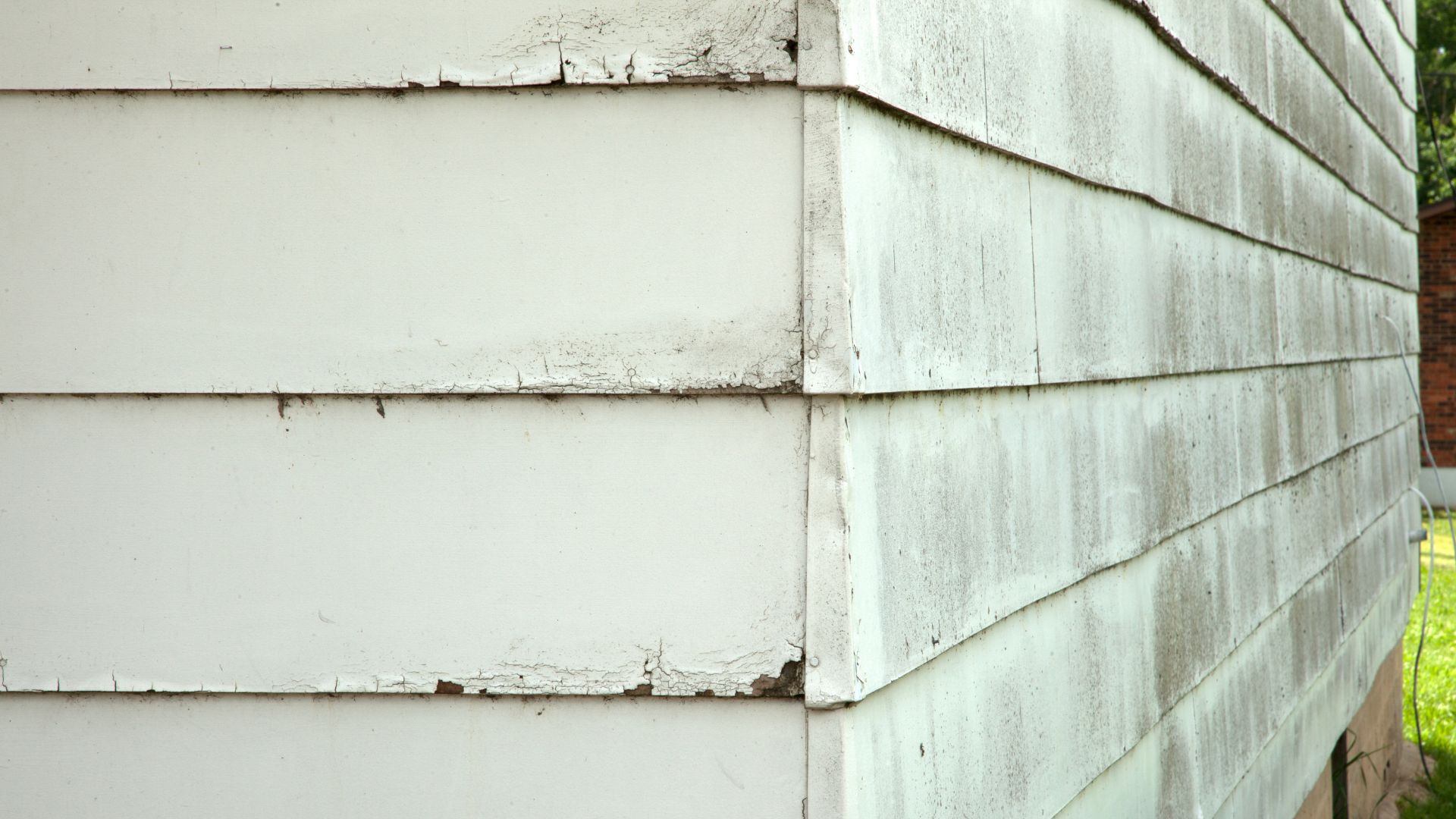
Warning Signs That You Need to Replace Your Siding
Your siding sets the tone for your home’s entire exterior. It’s also the first line of defense–not just against harsh weather conditions, but also unwanted pests. But when siding starts to deteriorate or show signs of wear, it can impact your home’s aesthetic and open the door to moisture and pests that wreak havoc within your home.
Here are signs of damaged siding that means it’s time to call an experienced siding professional:
-
- Infestation of pests like termites and carpenter ants
- Mold, mildew, and fungus, especially at the seams of your siding
- Bubbled or blistered siding
- Cracked, leaking, or aging siding
- Visible damage like buckling, warping, cracking, or sagging
- Rotted wood siding that feels spongy or soft
- Faded siding, which may be a sign that it’s reached the end of its life
What Is The Most Durable Siding Material for Pennsylvania Homeowners?
The two most common types of siding Pennsylvania homeowners choose for their homes include:
- Vinyl siding: Vinyl siding is quite durable. It comes in many sizes, textures, and colors, and is resistant to weather, insects, and fading.
- James Hardie fiber cement siding: James Hardie siding is one of the most popular siding choices since it is affordable and known for its superior durability. It is also fade-resistant and resistant to weather and pests. It is flame retardant, insulates against noise pollution, and can last for decades. Plus, it’s highly versatile, coming in a wide range of styles and patterns, and is sustainably produced.
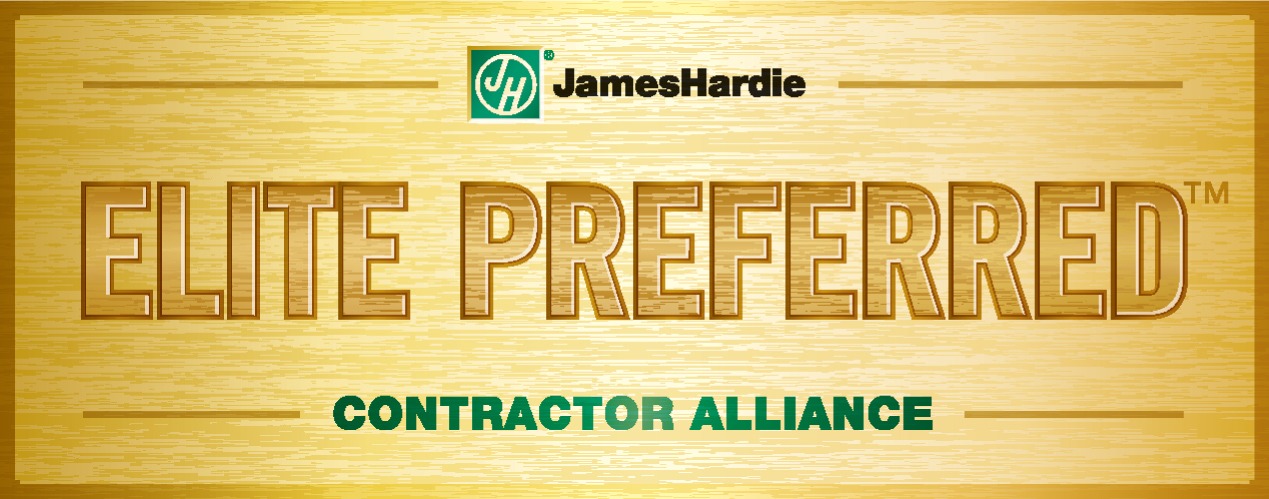

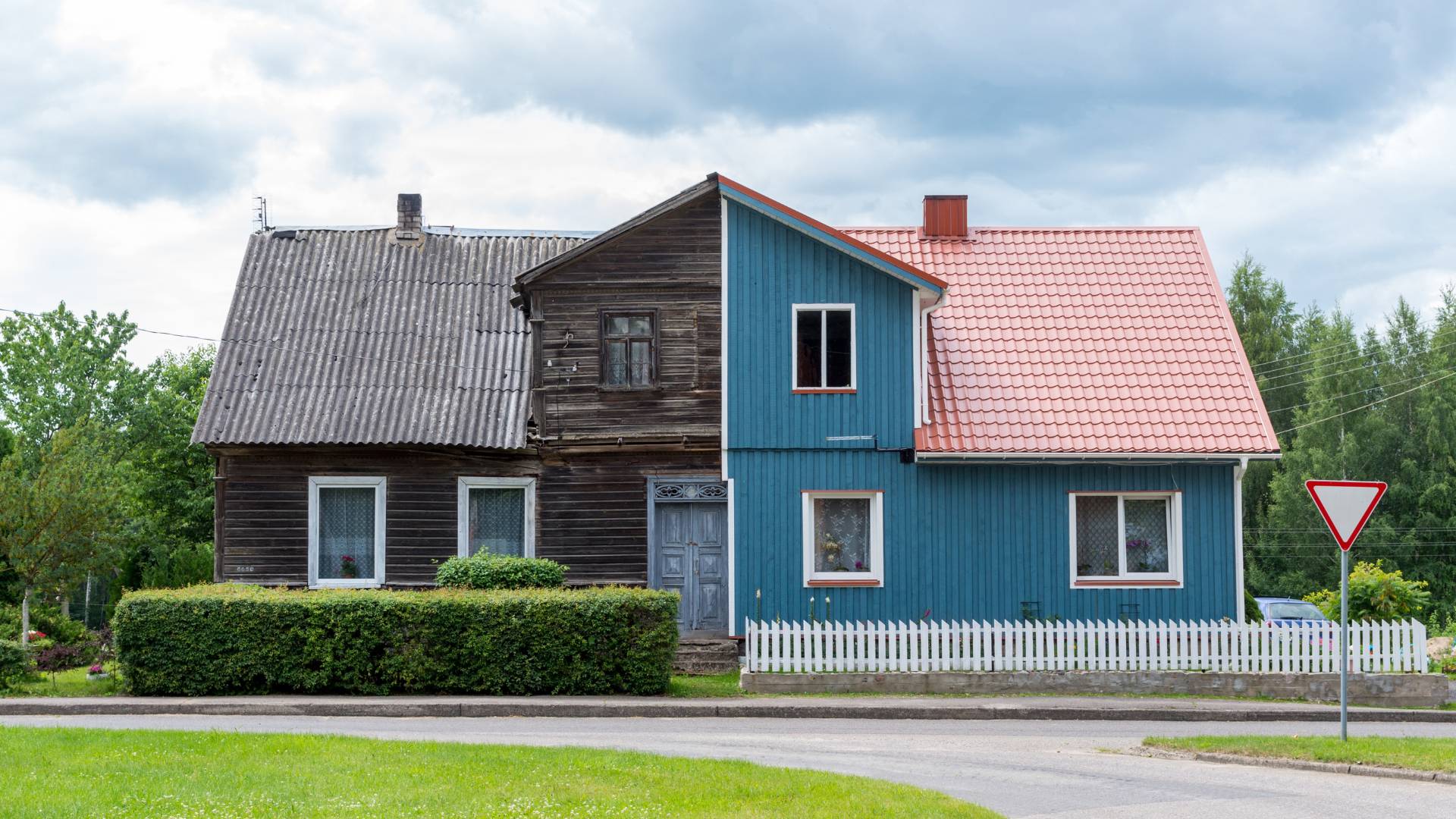
How long does each type of siding generally last?
- Vinyl siding: 10 to 20 years, but can start to show signs of aging early
- James Hardie Fiber Cement Siding: 50 years or more, with a 30-year warranty
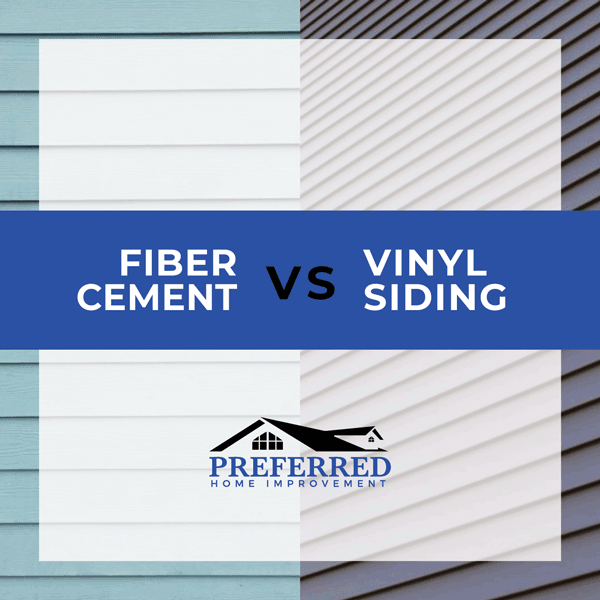
How do these two siding options stack up?
- Fiber cement siding is made by forming wood pulp and Portland cement into planks or shingles that can mimic the look of traditional wood siding and are nailed directly into the home’s structure. It’s made from more sustainable materials compared to vinyl siding and is easier to repair compared to vinyl if it gets damaged. It requires caulking to be truly water-tight and is relatively low-maintenance compared to natural siding like wood.
- Vinyl siding is a popular siding choice because it is so durable. It also expands and contracts as the temperature fluctuates to account for shifts in your home caused by seasonal weather changes. If vinyl siding is damaged, the entire panel must be replaced.
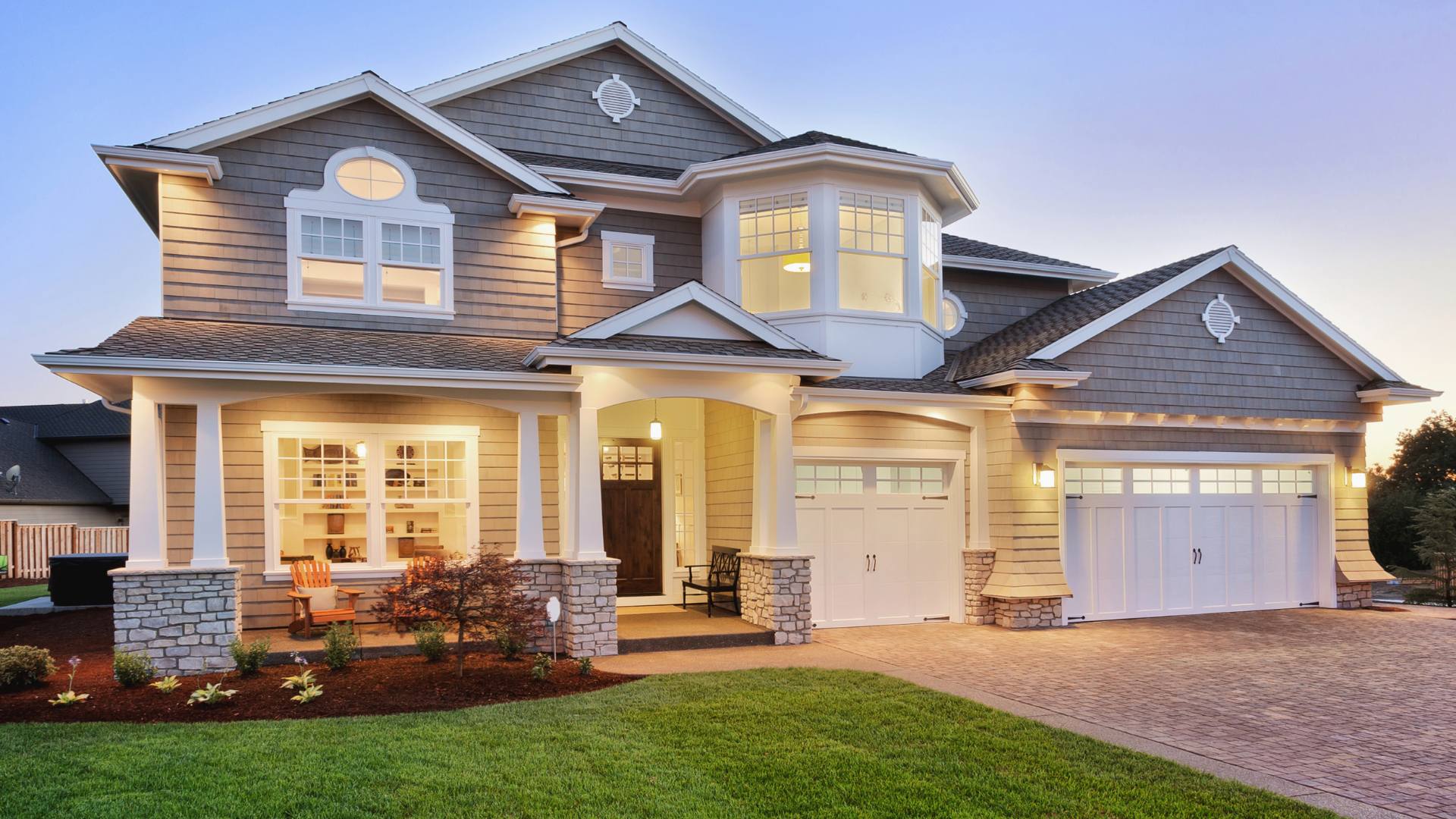
Benefits of James Hardie Siding
Both types of siding can be very durable if installed by knowledgeable, detail-oriented contractors. While both have clear merits that make them strong options for homeowners here in Pennsylvania, James Hardie siding is a highly popular choice for a few reasons:
- It comes with a 30-year, non-prorated warranty
- It is resistant to shrinking, cracking, and swelling even in wet and freezing conditions
- It offers the look of wood without the maintenance or steep costs
- It is made from sustainable, long-lasting materials
- It is engineered to match the specific needs of Pennsylvania’s climate
- It can withstand harsh weather like hail, freezing temperatures, wind, and rain
- It is resistant to pests like ants and termites
Can Insulated Siding Lower Utility Bills?
Aged or damaged siding can impact your energy bills, but investing in new siding can improve your house’s energy efficiency, help you save money on energy costs, and deliver a more comfortable home environment. If your home is enveloped in old siding like wood, it is more likely to incur weather damage, which can cause splitting, cracking, warping, and other defects that can impact its energy efficiency.
New options like insulated vinyl siding and insulated fiber cement siding can improve your overall energy usage. Both vinyl and fiber cement siding are available with a layer of foam insulation that protects against the elements and helps maintain comfortable interior temperatures with less energy.
Vinyl siding has a high thermal resistance and can protect your home from the elements and prevent air from escaping, boosting your home’s energy efficiency and reducing HVAC operational costs.
James Hardie fiber cement siding is another good choice to improve weather resistance–especially compared to wood siding, which is susceptible to rotting and damage from pests, heat, and moisture.
The Different Architectural Styles of Siding: Which One Is For You?
Vinyl siding and fiber cement siding both come in a variety of colors and styles. Depending on your design style and aesthetic preferences, there are many different siding options and colors to highlight and refresh your home’s style:
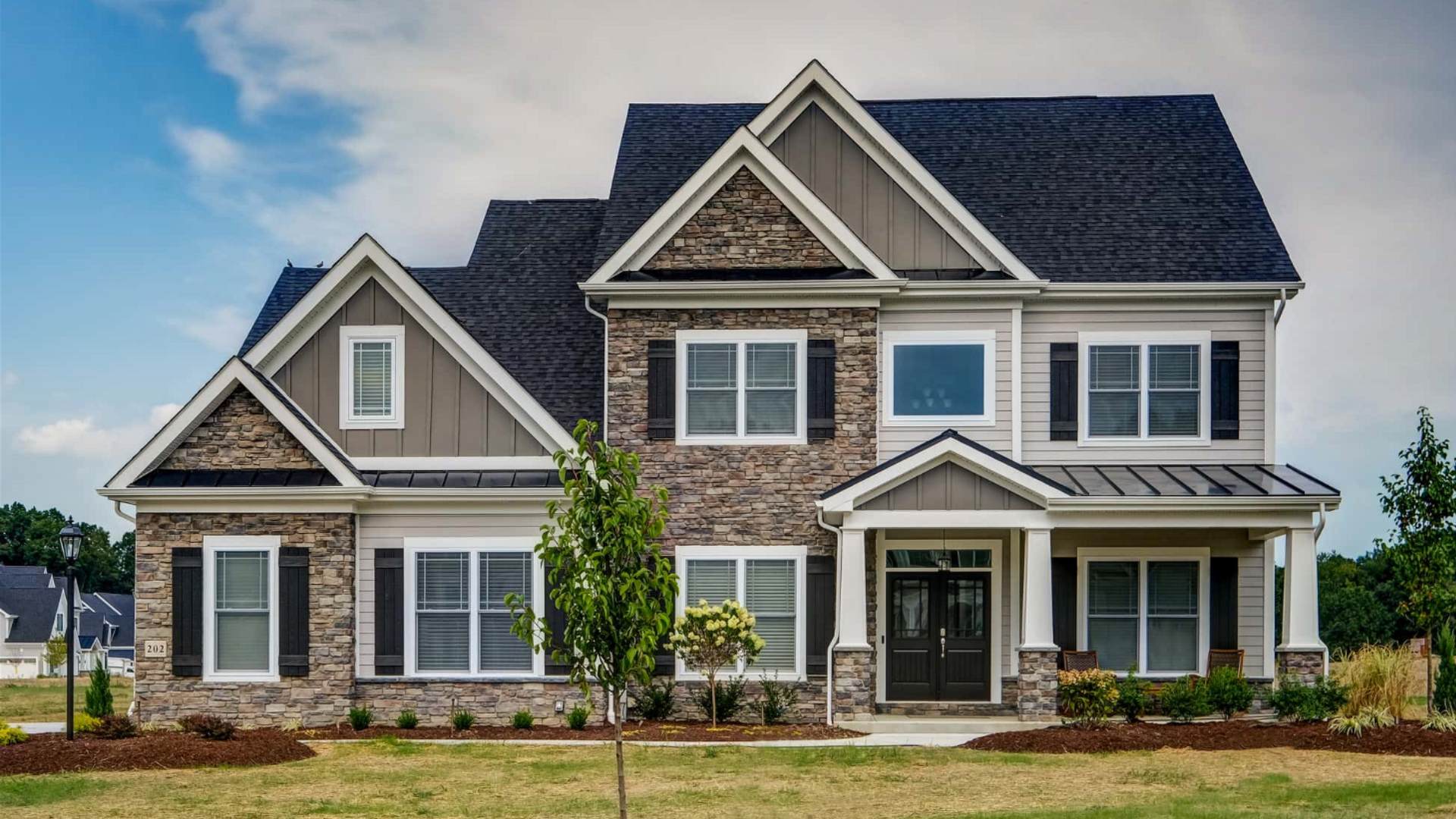
Board and Batten
Board and batten siding is a good match for both traditional and modern styles. Based on color and application, board and batten can achieve a sleek, minimalist look or a modern farmhouse style. HardiePanel vertical siding provides the crisp, clean lines of board and batten siding and a low-maintenance, long-lasting, durable style.
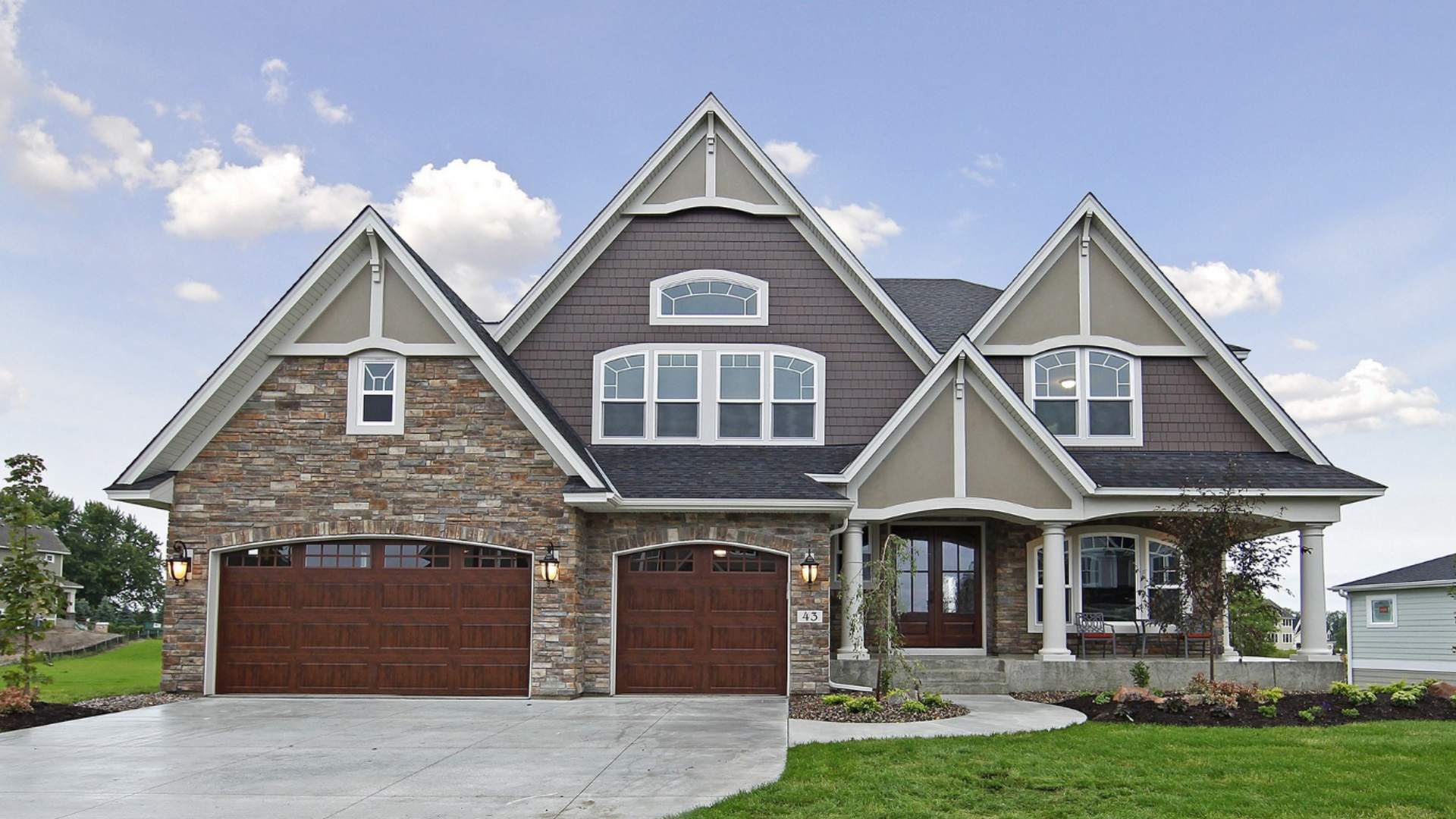
Shake Shingles
Echoing the look of seaside towns and bygone eras, shake shingles can come in natural wood or fiber cement siding and offer a rustic, traditional cottage look. HardieShingle provides the handcrafted look of traditional cedar shingles and can accentuate architectural details for Cape Cod- and bungalow-style homes.
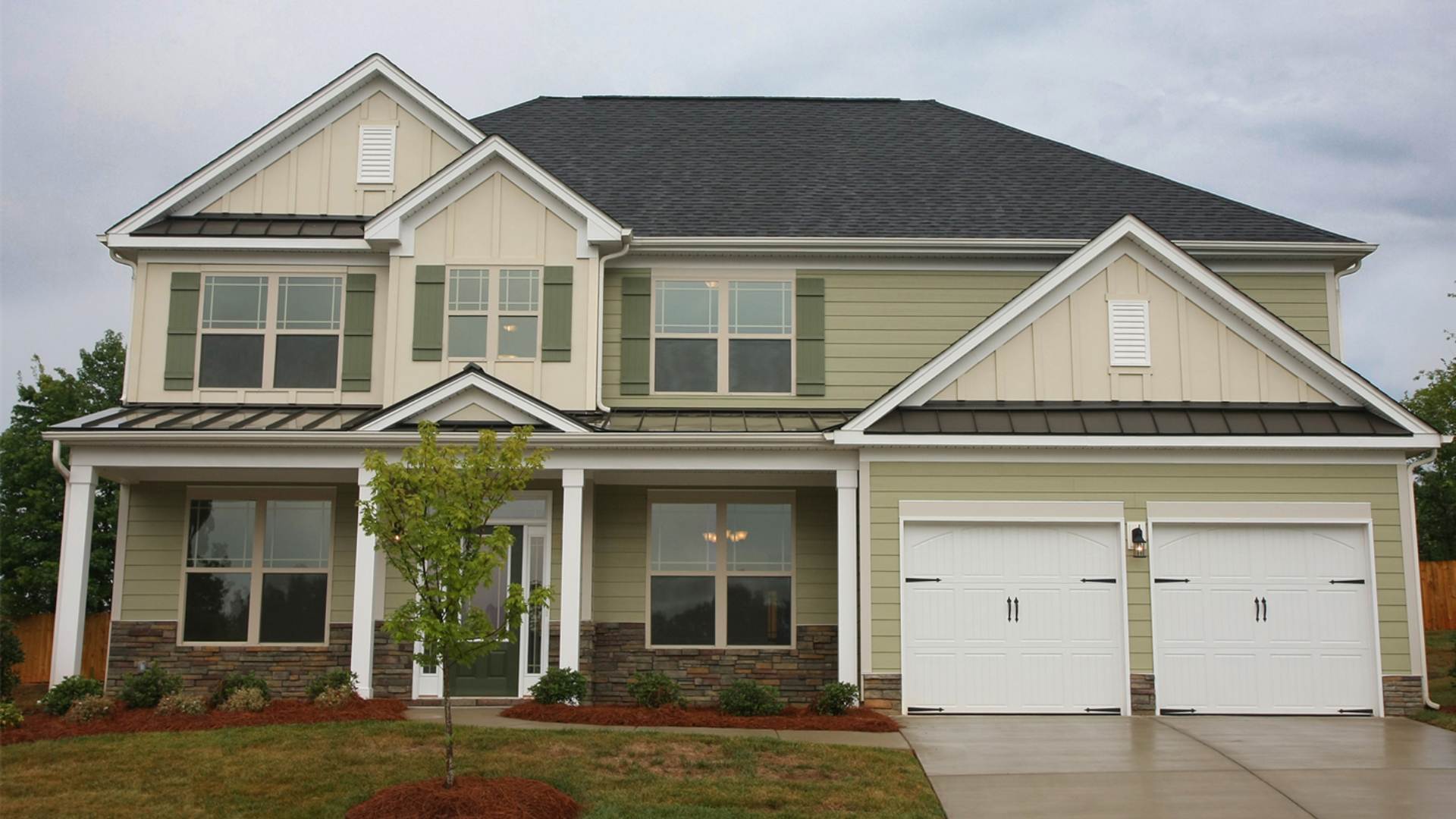
Lap Siding
The most traditional of styles, lap or plank siding, can blend in with a range of architectural styles–everything from elaborate Victorian homes to a more streamlined colonial style. Many plank siding manufacturers offer various widths from wide farmhouse styles to narrow planks that harken back to early New England styles. HardiePlank is available in a wide variety of colors and textures
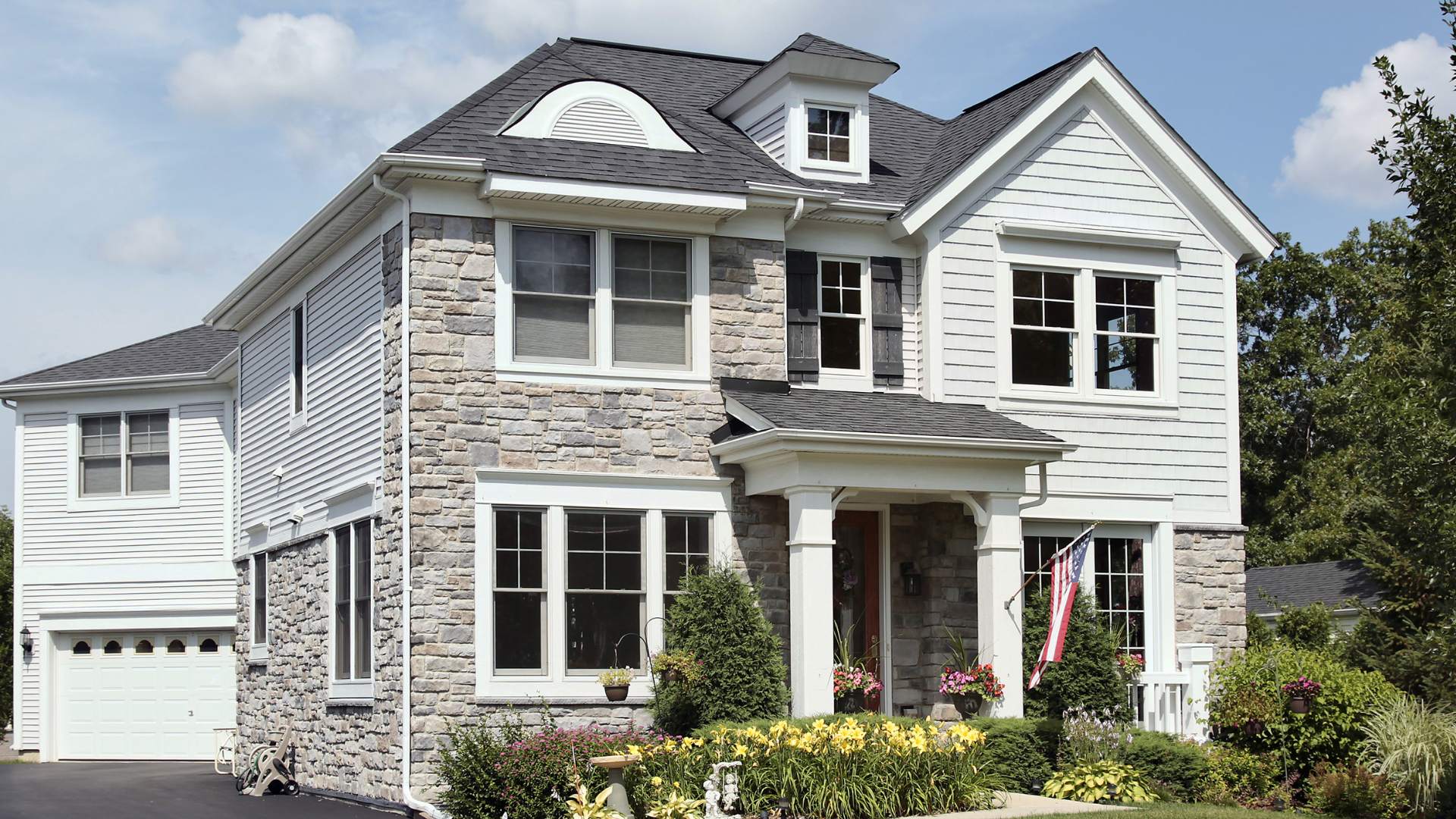
Stone Veneer and Faux Stone Siding
The look of stone adds gravitas to any exterior and has the power to accentuate many different aesthetic looks from rustic cabins to elegant Tudor-style homes.
Selecting a Color
The color you choose for your home’s siding can enhance its curb appeal, make a strong impression on visitors and passers-by, and even evoke certain feelings. Here are a few things to keep in mind when choosing a color for your new siding:
-
- Check with your homeowner’s association regarding regulations about which colors you can and cannot use.
- Explore your neighborhood to get a feel for the area and to find ideas or colors that appeal to you.
- Think about what colors you are drawn to rather than what trends might go out of style in a year or two. Do you want the peace and tranquility of neutrals? Are you inspired by bold and vibrant shades?
- Research what colors work for your home’s architectural style. Craftsman-style homes look great in deep, rich tones like moody greens, while Victorian homes are a great canvas for adventurous color combinations.
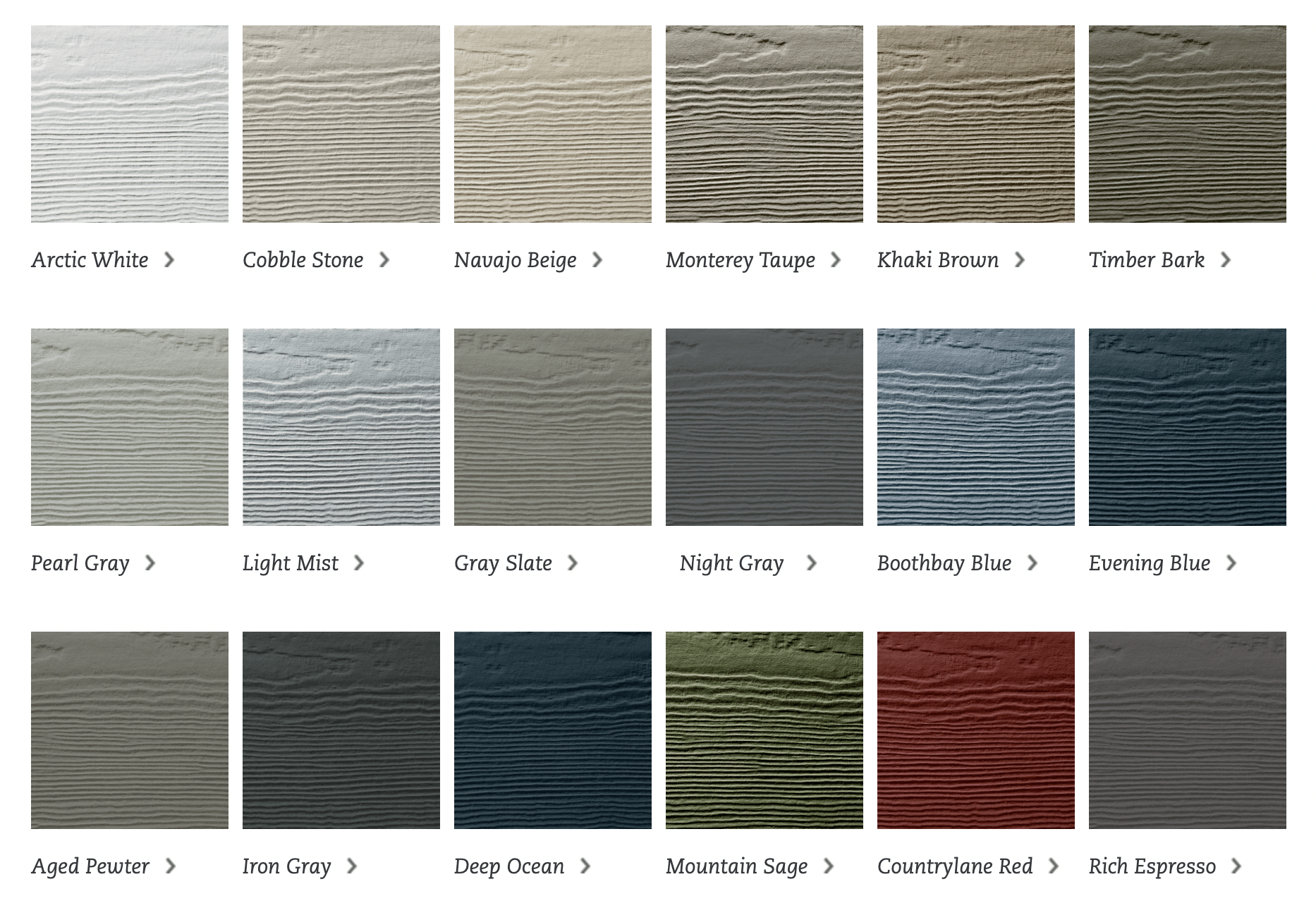
Does New Siding Increase the Value of Your Home?
Weathered, damaged, and faded siding can impact your home’s curb appeal–and when it comes time to sell, may reduce your home’s value. New siding enhances your home’s curb appeal, and may even bring more serious buyers to the table or boost the selling price should you put your home on the market. It can also lower energy costs and offer improved protection from harsh weather conditions.
Even so, new siding is an investment. Does this investment pay off? Studies show it can. Reports show that replacing your home’s siding with a fiber cement product like James Hardie Siding offers one of the highest returns on investment (ROI) of any home exterior upgrade.
Plus, homebuyers like to know that they are investing in a home that’s built to last. Since James Hardie siding is under warranty for 30 years and can last 50 years or more, potential buyers will see your home’s James Hardie siding as a huge perk.
What can you expect to pay for new siding for your home’s exterior? You can expect to pay somewhere between $1.50 to $4.50 per square foot in labor, plus the cost of materials:
-
-
- Vinyl siding: $7 to $13 per square foot
- Fiber cement siding: $10 to $15 per square foot
- Wood siding: $8 to $15 per square foot
- Stone veneer: $30 to $60 per square foot
-
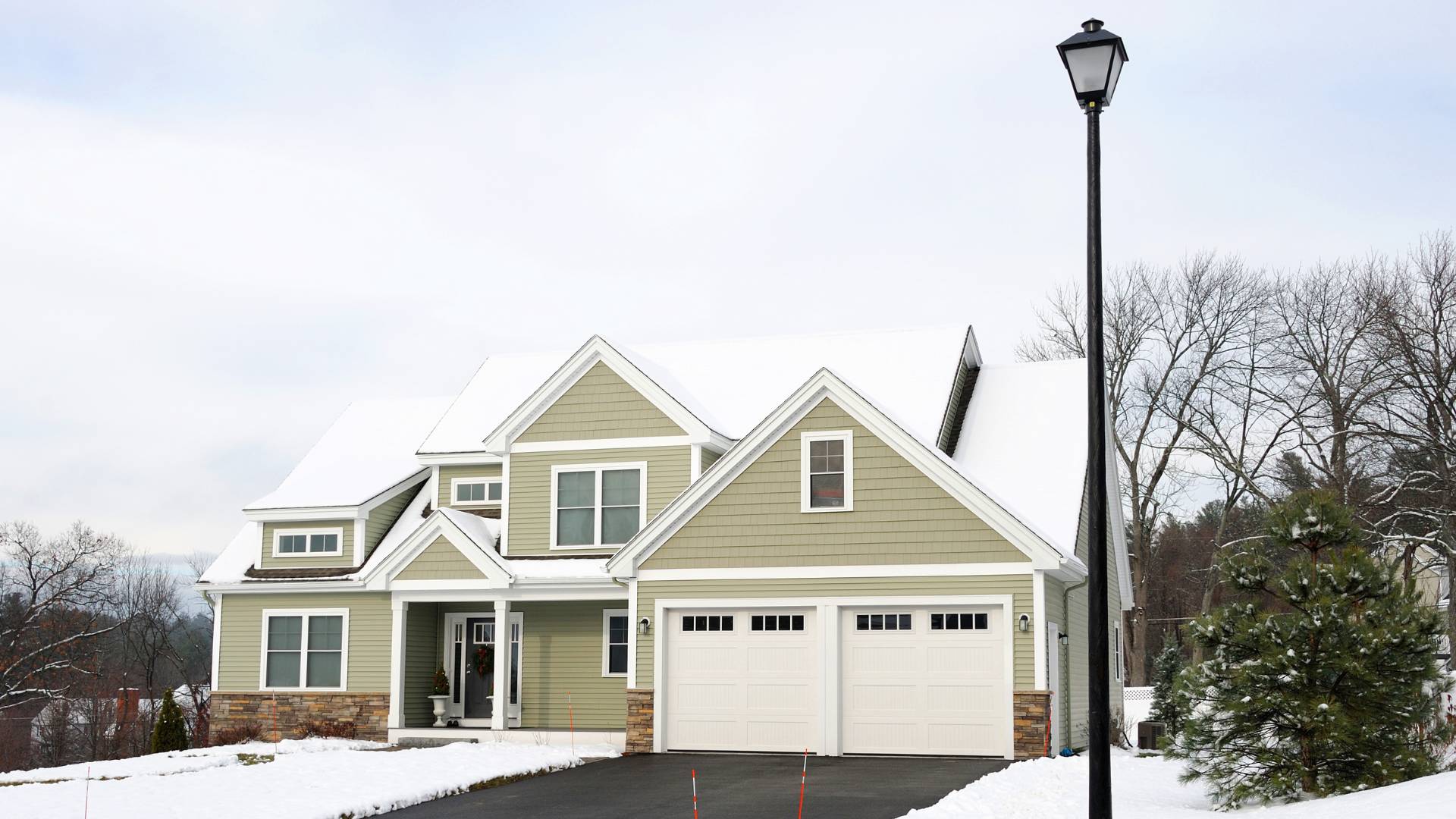
What Pennsylvania Homeowners Should Know About Replacing Siding in the Changing Seasons
Your home’s siding can be expertly replaced any time of year–but there are things to keep in mind about replacing siding during each season.
Weather and climate impact siding here all year round. Siding expands and contracts depending on how cold or hot it is. During the spring and fall, temperatures here in Pennsylvania can vary greatly from one day to the next. While this doesn’t mean you can’t have new siding installed during these seasons, it does mean that it’s incredibly important to have a “seasoned” professional on the job.
Pennsylvania’s temperate climate means that we get a little bit of every kind of weather: Hot, humid summers, snowy, frigid winters, and rainy spring and fall seasons. When it comes to choosing new siding, moisture-resistant siding, rated for our unique weather, is important. James Hardie Siding stands up to challenge thanks to its HardieZones®, engineered to meet the needs of each region.
Pros and cons of each season can include fluctuations in availability and potentially even better rates for installation. Hesitant to install new siding in the winter because of possible weather delays? Think of the improved energy efficiency and scheduling flexibility. Worried about installing new siding during the summer months–perhaps because of long wait times? You’ll certainly benefit from better insulation to keep hot temperatures outside.
Regardless of when you choose to install your new siding, success boils down to two things: Great materials and proper installation by expert contractors.
Choosing The Right Siding Contractor
Siding is one of the biggest ways you can increase your home’s value. Bad siding or bad installation can negatively impact your home’s functionality and curb appeal and create all kinds of moisture and pest issues–which is why it’s essential to find the right contractor.
Professional, reputable siding contractors have the training and experience to ensure your home renovation is a success. They’ll guide you through the process of replacing your home’s siding from design to installation to warranty. Depending on the kind of siding you choose, this can make for a lifetime of enjoyment in your home investment.
What should you look for in a siding contractor?
-
- Certifications to install your preferred siding material
- Years of experience, positive reviews, and good standing in the community
- Licenses and insurance including liability coverage, property damage coverage, workers’ compensation, and any licenses needed to work in your city
- Detailed estimates including start and completion dates for your project
- Specifics on warranties for products and labor
- Information on payment schedules and possible financing
- Details on how they plan to remove project waste
At Preferred Home Siding, nothing is ever a surprise. We are clear from the beginning about what you can expect from your siding replacement project–and as a James Hardie Elite Preferred Contractor, we have the accolades and expertise to install your siding so it lasts for decades to come.
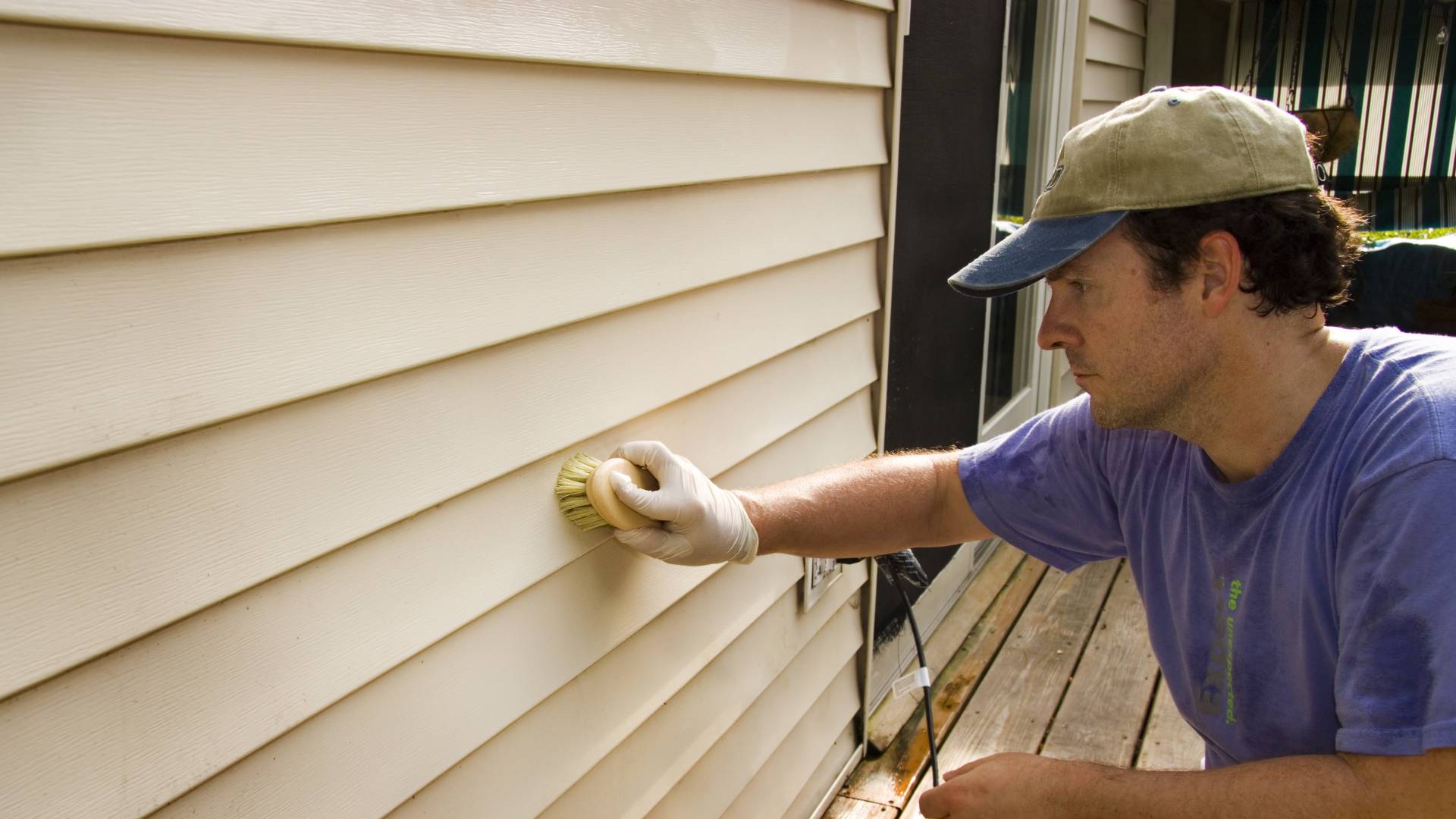
Comparing the Maintenance Needs of the Most Popular Siding Options
Siding is designed to withstand the elements, wear and tear from blowing wind, and even zooming kids playing. But no matter what kind of siding you have, you will want to keep maintenance needs in mind to ensure your investment in your home lasts–and looks great–for years to come.
Here’s what you need to know about caring for your home’s siding:
- Vinyl siding doesn’t require much regular maintenance, but if it’s damaged or comes loose, it needs to be secured or replaced as soon as possible. Besides a yearly power washing and a light brushing, your vinyl siding should be good to go.
- Fiber cement siding like James Hardie Siding is moisture resistant, so you won’t have to deal with the discoloration of mold or mildew. You can wash your siding down with your regular garden hose and a soft brush. Thanks to the “baked-in” color, this siding is UV- and fade-resistant, so it won’t need repainting, but you should repair dings and cracks and address peeling caulk at seams, around doors and windows, and near flashing.
- Wood siding needs treatment every 4 to 6 years to prevent rot, and quick repair to address cracked, warped, or damaged siding and prevent further damage.
- Brick and steel siding don’t require much outside of a yearly hose-down and inspections for mildew, mold, or signs of damage.
Preferred Home Siding: Pennsylvania’s Premier Siding Experts
At Preferred Home Siding, your home is our priority. As a local, family-owned business with 35+ years of experience in providing the best in home siding, we have the answers to all your questions, and the tools and expertise to bring your siding plans to life–including our exclusive status as a James Hardie Elite Preferred Contractor.
Between our knowledgeable team, unparalleled customer service, top-of-the-line siding materials, and fair prices, we’ll deliver an unbeatable experience and first-rate results you’re sure to love. Discover our meticulous craftsmanship first-hand. Check out some of our most recent projects!